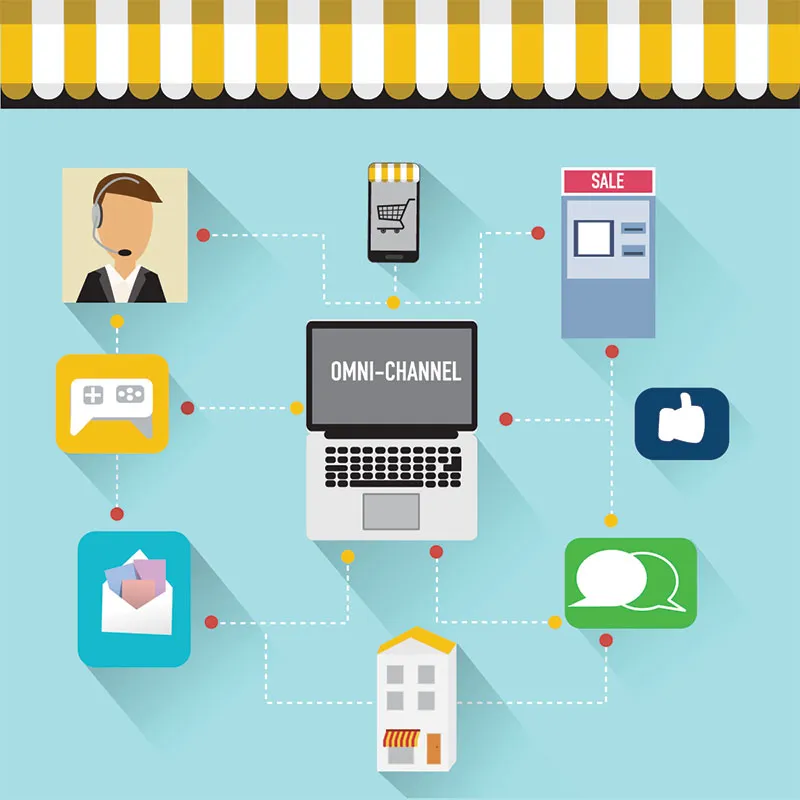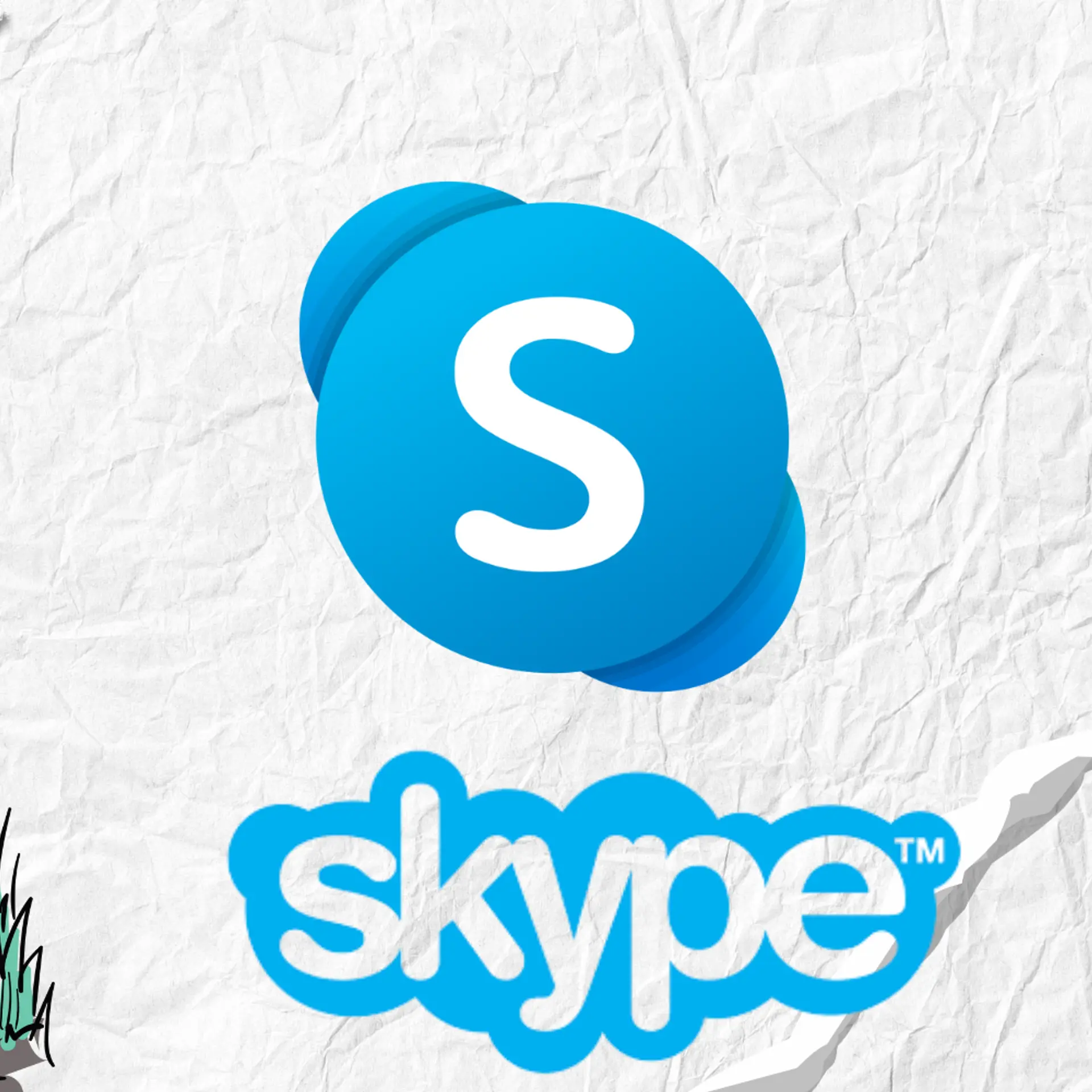Brick-and-mortar retailers: it’s time to take online to offline
The last couple of years have seen lot of noise about e-commerce. Be it meteoric rise of marketplaces closing billions of dollars in funding to the sharp fall of hype masking massive losses. Or be it democratising access in remote areas to government taking lead to change the e-commerce landscape.
What really baffles me is despite all the noise, online retail sales is merely 1.5–2.5 per cent of the total retail sales today, which is expected to grow to 8–10 per cent in the next five to seven years. Even in a developed market like US, online retail sales is less than 20 per cent of overall retail. The deep discounting by these online marketplaces has changed consumer behaviour forever. She now equates online to discounts and demands similar price cuts from offline stores. No wonder most offline retailers run a sale or offer discounts for half the year.

Image : shutterstock
Offline retailers are now stuck. On the one hand, their growth is plateauing, their brand with multiple touch points at retail stores throw chequered experiences. On the other hand, when shopping online, consumers expect the same service and experience they receive at a storefront. The complexity between the old legacy systems and the new cutting-age technology is increasing, but consumers want same price discounts like the online stores. No wonder, several quick service restaurants have closed around 80 outlets in 18 months. The moot question is ‘What can offline retailers do?’ Should they also create their own e-commerce sites, spend huge amount of money on marketing to get consumers. Or be one of the thousands sellers on the marketplace and be at their mercy to garner short-span consumer time. This is playing to their weakness and not strength.
While offline retailers have high inventory costs and overheads, they also have their own strength of proximity, advisory in store, curation, and entertainment. Why not use this to their advantage. This has been explained below.
1) Curation: Retailers should realise that online shopping is becoming more of a baffling ordeal than ever, with hundreds of SKUs for a certain product all trying to fit in a small screen. Somewhere down the line, the idea of ‘choice’ morphed into options, varieties, and platforms that are overwhelming to say the least. Consumers today have so many choices that their attention span has greatly reduced and decision-making has become harder than ever before. However, because of limited shelf space, an offline retailer offers curation of some form and shape. Re-arranging shelves based on data about products frequently bought will simplify and speed up the purchase process in retail stores. For example, placing basmati rice next to Indian sauces, and tinned tomatoes next to pasta. A similar transformation is in the wings across categories, especially electronics, mobile phones, fashion, furniture, home decor, and more. For example, Tesco has decided to scrap 30,000 of the 90,000 products from its shelves, and also introduce a trial in 50 stores to make it easier and quicker to shop for the products needed for meals.
2) Know your customer (KYC): Why is buying offline a fairly anonymous experience unlike online. Retailers should get to know their customers who stay in their proximity better, understand their purchase behaviour, and start treating them differently. Unorganised kirana shops are currently doing it, but it’s time that organised chains, like Café Coffee Day, Big Bazaar, Shoppers Stop, also start doing it. While several of these big chains have used paper-based loyalty cards, it is time to junk them towards a mobile loyalty solution coupled with IoT beacons for proximity interactions. If I eat the same Mac Chicken burger with fries and coke, why do I have to stand in the queue every time I have to order it? I am different from my wife and to my neighbour, but we all see the same static menu. Why is my interaction so impersonalised and standard every time at the Point of Sale (POS)? Can IoT beacons not help reimagine these interactions as it present at the right place, at the right time, all the time? Can app-based loyalty and payments solutions (for example, QR code) bridge the gap between the old and new systems? Use it with beacons to provide in-store coupons and recommendations on its retailer’s app like how Target is doing in the west. Use the same tools of data and analytics that your online brethren are doing to make the in-store experience much more customised and personal.
3) Advisory: India is a culture for “Do it for me” versus the US “Do it yourself” largely. No wonder we have a flourishing consultant economy, be it for real estate, tax and investment, career and government services of driver licenses and passport. We love getting advice from humans than machines. Why does retailers not use this insight for better sales and support staff training, treat them as partners to use the in-store interaction to upsell/cross sell. They are the ones who will convert consumer touch points into unflinching loyalty and trials into repeat purchases. Build a personality as a trusted advisor, which should be a place consumers want to go. Think Apple Stores, Ikea stores.
4) Engagement and experience: Shopping is NOT Buying! Retailers need to understand that millennial customers want an experience than just buying things. They are constantly fluctuating between brick and click visiting brick-and-motor to validate his/her online research and touch/feel the product he/she cannot do online. If I am preparing for a marathon and I jog into the store to buy shoes, what may excite me beyond price discount will be to get some educational content on fitness, and training, community of similar marathon enthusiast, and some tips from celebrities. Try to bundle your product with services around setting up, usage, finance to post sale service and help. Start to engage with their shoppers through content, community, and experiences; be it cool things like virtual/augmented reality at one end to basic personalised experience at POS.
5) Bridge old and new: Become an omni-channel “experience”. Adopt new-age technology of cloud, SaaS, mobility along with bridging the gap with older monolithic systems. Give a consistent brand experience across all your touch points. Also it is time to get youngsters who are digital natives in your boardrooms to let them take charge.
The war is not over. It has just begun. Even 20 years after its launch, Amazon’s revenues are still a fraction of those of Walmart. Indians are still enjoying the novelty of walking into an air-conditioned mall and touching and feeling brands. India’s retail market is expected to cross $1 trillion by 2020. There is enough space for each format to grow and thrive, provided they continuously innovate. It’s time to take online to offline.
(Disclaimer: The views and opinions expressed in this article are those of the author and do not necessarily reflect the views of YourStory.)







